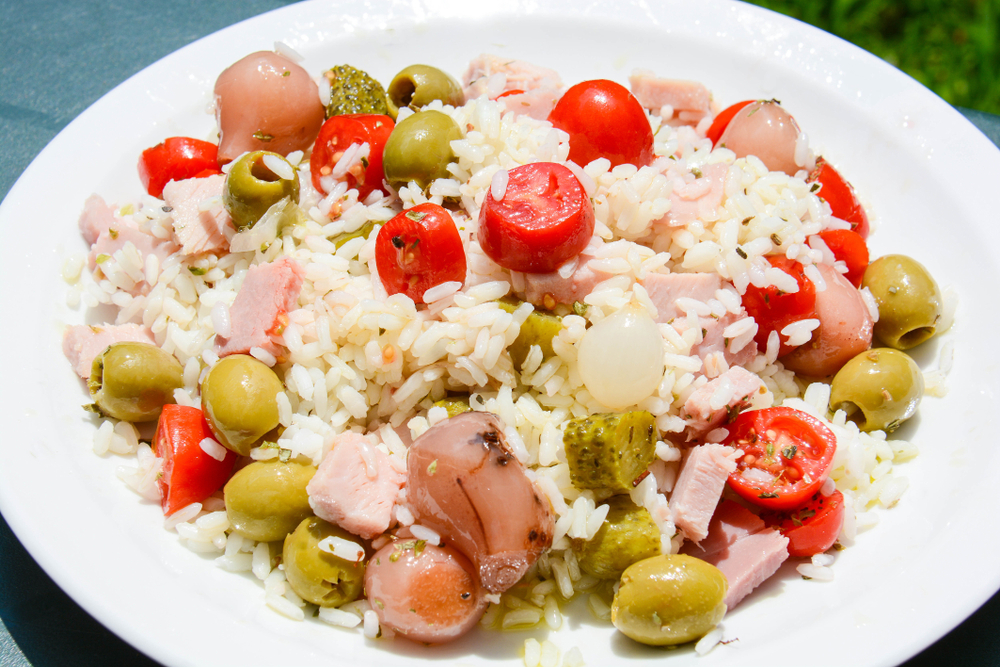The Dos And Don’Ts Of Diverticulitis Diet
In the lining of the digestive system, small pouch-like formations are sometimes seen in the large intestine’s lower part. These formations are called diverticula, and they usually appear after the age of 40 years. While diverticula generally do not cause problems, they can get infected or inflamed in rare cases. When that happens, it is called diverticulitis. In the early stage, the condition is treated using a diverticulitis food plan and other lifestyle changes.

Symptoms of diverticulitis
- Even with diverticulas, there are just 10 to 25 percent chances of developing diverticulitis
- You will have pain and tenderness in the lower abdomen
- Bleeding
- Fever
- The color of the stool changes to black
- There may be an experience of pain when urinating
- Severe vomiting
- Cramps
- Diarrhea
Diagnosis process
- If already diagnosed with diverticula, a diagnosis of diverticulitis would be confirmed in case any of the symptoms listed above are exhibited.
- Along with your health history, a few tests would be conducted by the doctor to confirm this diagnosis of diverticulitis.
- Some of the tests suggested are a colonoscopy exam, a barium enema x-ray, and a flexible sigmoidoscopy.
Diverticulitis foods
- In the early days, immediately after the diagnosis, the food plan comprises of just clear liquid. These liquids may include broth and ice chips.
- You will be advised to drink fruit juices that do not have pulp in them, such as apple juice.
- Ice pops with no fruits in them can also be consumed.
- Water
- Gelatin
- Coffee or tea with no cream
- When you start to recover, your doctor will slowly introduce low fiber foods to the diverticulitis meal plan, such as fruits that do not have skin or seeds, eggs, poultry, fish, cooked or canned vegetables, white bread, low fiber cereals, yogurt, white rice, white pasta, and white noodles.
- Make sure that you are consuming these in a low quantity, as when you get started with the solid food after the clear liquid, your digestive system will take some time to get adjusted to the changes made.
Diverticulitis meal plan – Dos
- You need to drink a minimum 10 glasses of water every day. Drink as much as possible.
- You will need to eat foods low in fat and high in fiber content.
- Olive oil or flaxseed oil should be used, and that too in moderate amounts only.
- You will have to eat whole grains, vegetables, and fruits. In fact, consume a lot of them on a daily basis when recovering.
- You will have to drink a glass of hot water and lemon juice before you start any meal.
- Taking antioxidant supplements can be of great help.
- You should take lighter meals, but you can take them at frequent intervals. This will also help the liver flush out the toxins.
- Natural herbs can be helpful for proper liver functioning.
- Meditation and yoga can help in reducing stress in the body, along with a hot water bath and deep breathing exercises being really helpful.
Diverticulitis meal plan – Don’ts
- You should not eat junk or processed food when diagnosed with diverticulitis.
- Coffee should be drunk in moderate amounts. Green tea is good for health, but you should make sure that you do not drink too much of it, as it has a high amount of antioxidants.
- You should quit smoking and alcohol when recovering.
- You should not consume food that is hard to digest, such as dairy products.
- You should not consume sugar or any sugar substitutes.
- You should limit the intake of saturated fats.
- You should not eat meat in high quantities.
- Fried food should be avoided completely.
Disclaimer:
The content provided on our blog site traverses numerous categories, offering readers valuable and practical information. Readers can use the editorial team’s research and data to gain more insights into their topics of interest. However, they are requested not to treat the articles as conclusive. The website team cannot be held responsible for differences in data or inaccuracies found across other platforms. Please also note that the site might also miss out on various schemes and offers available that the readers may find more beneficial than the ones we cover.